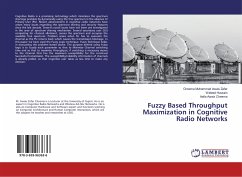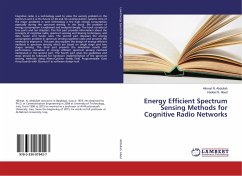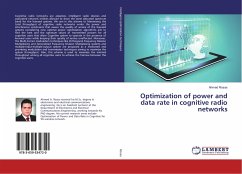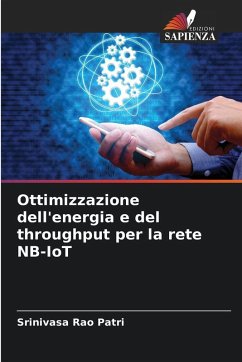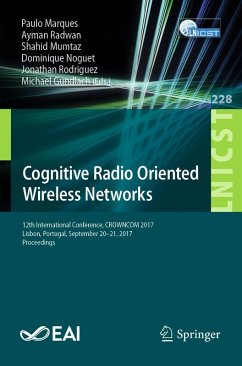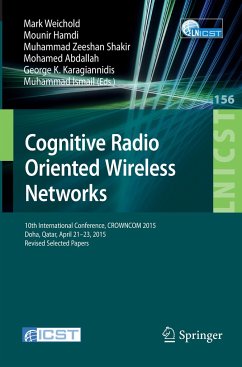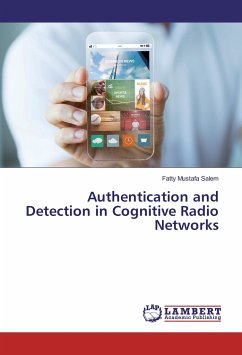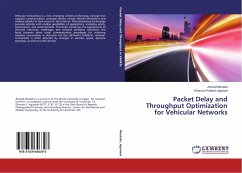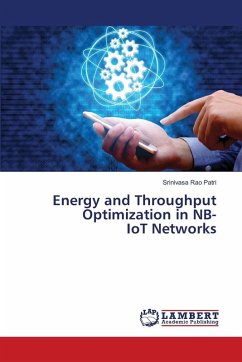
Energy and Throughput Optimization in NB-IoT Networks
Versandkostenfrei!
Versandfertig in 6-10 Tagen
53,99 €
inkl. MwSt.

PAYBACK Punkte
27 °P sammeln!
This book focuses on enhancing energy efficiency and network throughput in Narrowband IoT (NB-IoT) and Narrowband Cognitive Radio IoT (NB-CR-IoT) networks. A three-hop assignment using a double auction model is proposed to extend the battery life of cell-edge NB-IoT users (CENUs), supported by the EENU-MWM algorithm for efficient user matching. As IoT device usage grows, challenges such as spectrum congestion and limited hardware for continuous sensing arise. To address this, optimal sensing parameters and relay nodes are introduced in NB-CR-IoT and NB-CR-IoMT networks, improving throughput an...
This book focuses on enhancing energy efficiency and network throughput in Narrowband IoT (NB-IoT) and Narrowband Cognitive Radio IoT (NB-CR-IoT) networks. A three-hop assignment using a double auction model is proposed to extend the battery life of cell-edge NB-IoT users (CENUs), supported by the EENU-MWM algorithm for efficient user matching. As IoT device usage grows, challenges such as spectrum congestion and limited hardware for continuous sensing arise. To address this, optimal sensing parameters and relay nodes are introduced in NB-CR-IoT and NB-CR-IoMT networks, improving throughput and reducing transmission power. In healthcare, real-time patient monitoring using IoT devices demands efficient spectrum usage and energy harvesting. A grouping-based design allows energy collection based on proximity to access points, enhancing performance in networks like Wireless Body Area Networks. Devices transmit data when the spectrum is unoccupied by primary users, maximizing energy use and lifespan while minimizing interference. This comprehensive approach ensures sustainable and scalable IoT communication across various sectors.



